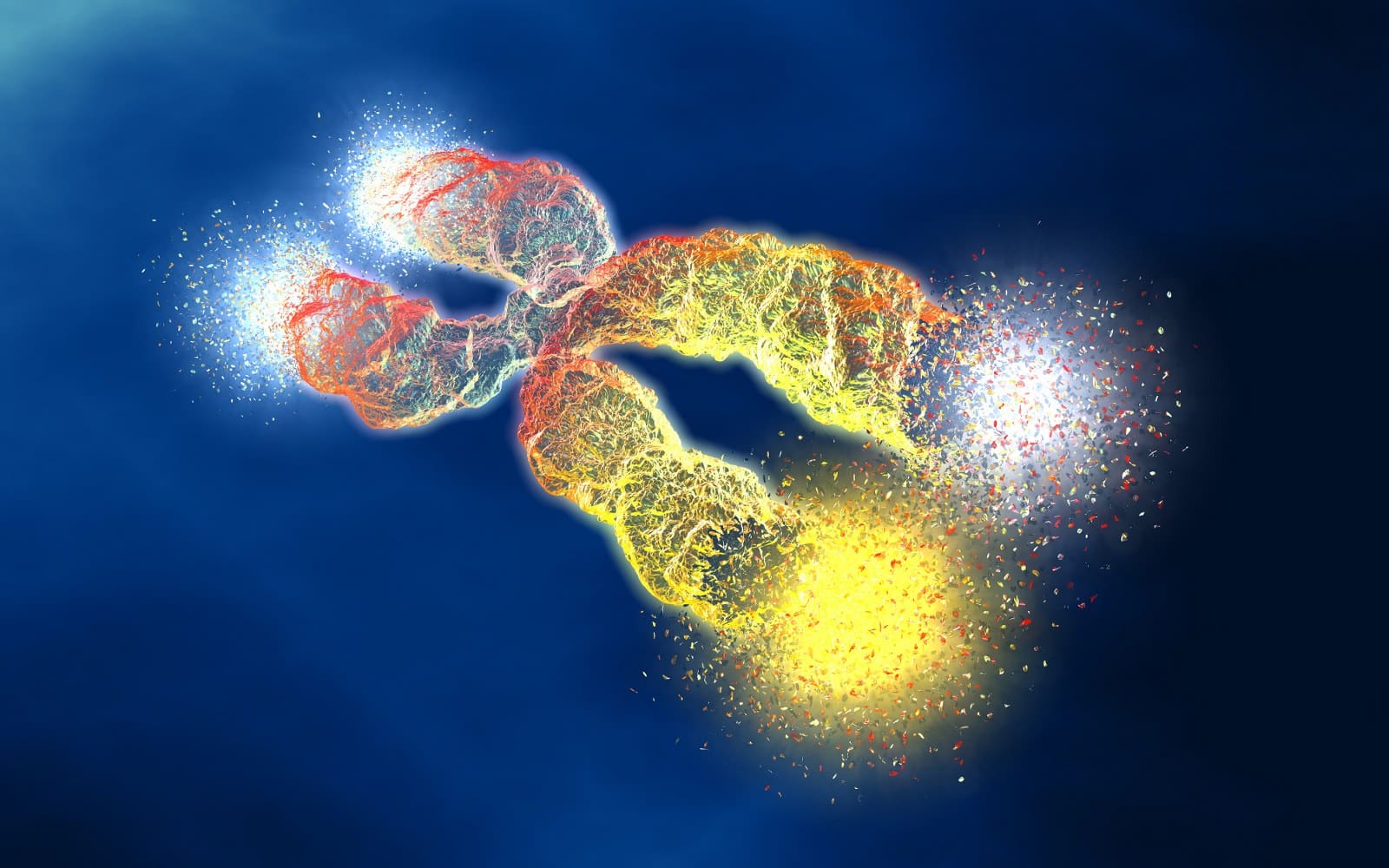Aging Cell Vol 22 No 6 Biology Diagrams Telomerase, the enzyme that reduces telomere shortening in certain cells, is reactivated or increased in more than 90 percent of cancers, found a 2016 study. Remember, this enzyme isn't found in

Telomere dysfunction during ageing. As replicative cellular senescence is caused by telomere shortening below a critical length 1, the effect of telomere shortening on organismal ageing in animal

Telomeres: History, Health and Hallmarks of Aging Biology Diagrams
Telomere shortening can act as a tumor suppressor. However, as a downside, there is growing evidence indicating that telomere shortening also limits stem cell function, regeneration, and organ maintenance during ageing. Moreover, telomere shortening during ageing and disease is associated with increasing cancer risk.

Telomere shortening is most pronounced during bone marrow resection, as it has been observed that there is an inverse correlation between the number of transplanted mononuclear cells and the degree of telomere shortening. A bone marrow transplant results in a telomere shortening equivalent to a period of 15 years of life .

Hibernating Lemurs Can Turn Back the Clock on Cellular Aging Biology Diagrams
Telomere shortening occurs with cell division and limits replicative capacity of cells, also known as replicative senescence. Senescent cells accumulate with age and in age-related diseases, and are associated with loss of tissue function with aging. Aging is a biological process characterized by a progressive functional decline in tissues and organs, which eventually leads to mortality. Telomeres, the repetitive DNA repeat sequences at the end of linear eukaryotic chromosomes protecting chromosome ends from degradation and illegitimate recombination, play a crucial role in cell fate and aging. Each time a cell divides, 25-200 base pairs are lost from the terminal sequence of chromosomes. By becoming truncated during cell division, telomeres protect essential genes from being shortened and thus inactivated. In addition, telomeres are sensitive to inflammation and oxidative stress, which can further promote telomere shortening.
